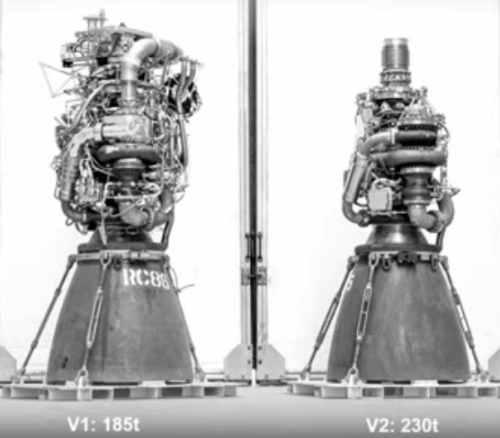Fish & Wildlife documents now reveal its objections to SpaceX Boca Chica facility
We’re here to help you! Documents obtained by CNBC under a Freedom of Information request have revealed the specific objections of Fish & Wildlife that has helped delay the approval of the FAA’s environment reassessment of SpaceX’s Boca Chica facility for Starship launches.
SpaceX must take steps to track and mitigate its impact on endangered species and their habitat in order to gain approvals for testing and commercial launches of its Starship Super Heavy lift-launch vehicle in Boca Chica, Texas, according to documents from the U.S. Fish and Wildlife Service obtained by CNBC.
The documents, released by the federal agency in response to a Freedom of Information Act request, show that recent declines in an endangered bird species, the piping plover, have already been correlated with SpaceX activity at the South Texas facility.
The documents also reveal that SpaceX is, for now at least, reducing the amount of energy it plans to generate at a utility-sized natural gas power plant on the 47.4-acre launch site there.
According to a lawyer from the radical environmentalist organization the Center for Biological Diversity who was interviewed for the article, Fish & Wildlife’s demands are not tremendously restrictive, and might actually allow the project to go forward, since they appear to only require SpaceX to “monitor affected animal populations carefully, limit construction and launch activity to specific seasons or times of day and night, and use shuttles to reduce vehicle traffic of workers on location.”
I see it differently. I think Fish & Wildlife bureaucrats are struggling to come up with reasons to block SpaceX. They know that decades of data in Florida prove that rocket launches have no negative impact on wildlife. To claim such a thing in Texas is thus not justified. They are trying to do it anyway.
We’re here to help you! Documents obtained by CNBC under a Freedom of Information request have revealed the specific objections of Fish & Wildlife that has helped delay the approval of the FAA’s environment reassessment of SpaceX’s Boca Chica facility for Starship launches.
SpaceX must take steps to track and mitigate its impact on endangered species and their habitat in order to gain approvals for testing and commercial launches of its Starship Super Heavy lift-launch vehicle in Boca Chica, Texas, according to documents from the U.S. Fish and Wildlife Service obtained by CNBC.
The documents, released by the federal agency in response to a Freedom of Information Act request, show that recent declines in an endangered bird species, the piping plover, have already been correlated with SpaceX activity at the South Texas facility.
The documents also reveal that SpaceX is, for now at least, reducing the amount of energy it plans to generate at a utility-sized natural gas power plant on the 47.4-acre launch site there.
According to a lawyer from the radical environmentalist organization the Center for Biological Diversity who was interviewed for the article, Fish & Wildlife’s demands are not tremendously restrictive, and might actually allow the project to go forward, since they appear to only require SpaceX to “monitor affected animal populations carefully, limit construction and launch activity to specific seasons or times of day and night, and use shuttles to reduce vehicle traffic of workers on location.”
I see it differently. I think Fish & Wildlife bureaucrats are struggling to come up with reasons to block SpaceX. They know that decades of data in Florida prove that rocket launches have no negative impact on wildlife. To claim such a thing in Texas is thus not justified. They are trying to do it anyway.




